Introduction
Food is a universal language that transcends borders, connecting people from all corners of the world. Every culture has its own unique culinary traditions, techniques, and flavors that reflect its history, geography, and lifestyle. Embarking on a journey to explore global flavors is like taking a culinary adventure around the world, where every bite tells a story and every dish is a masterpiece. In this blog post, we will delve into the exciting realm of global flavors, discovering the diverse ingredients, cooking methods, and cultural nuances that make each cuisine a culinary treasure trove.
The Aromatic Aromas of Asia
Asia is a continent renowned for its rich tapestry of flavors, vibrant spices, and aromatic ingredients that tantalize the senses. From the bold and fiery curries of India to the delicate and artfully presented sushi of Japan, Asian cuisines offer a sensory experience like no other.
Indian Delights:
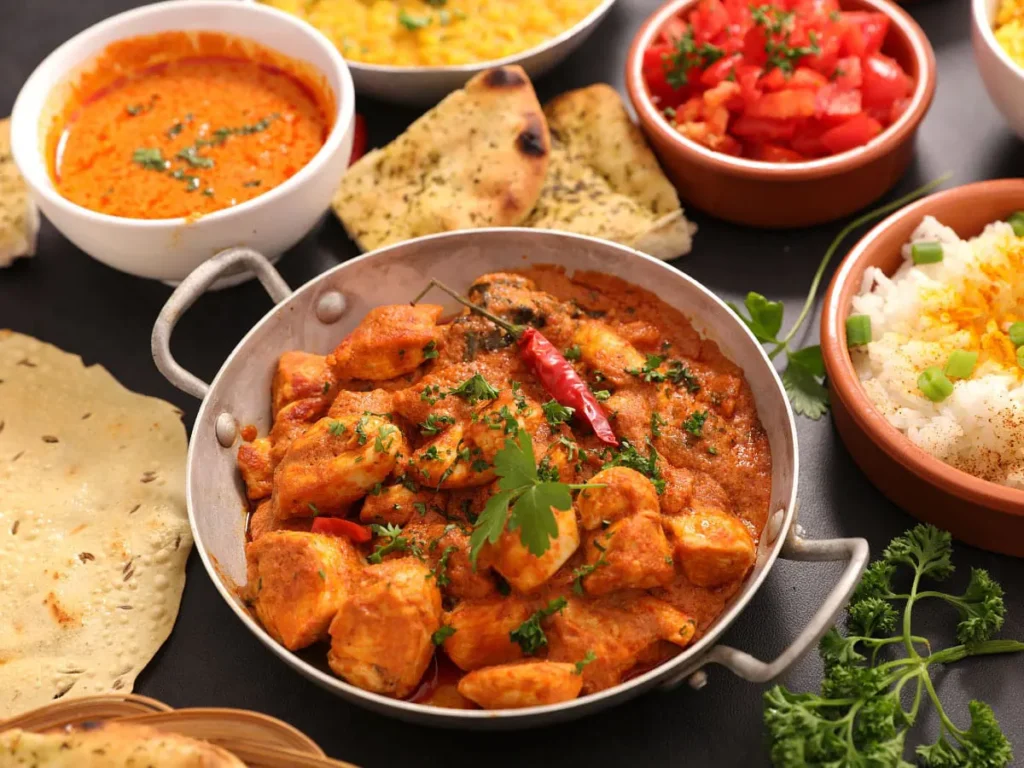
Indian cuisine is a symphony of flavors, where aromatic spices like cardamom, cumin, and turmeric are the stars. The depth and complexity of Indian dishes are often achieved through the artful blending of spices. Take, for instance, the buttery naan, a staple bread that perfectly complements rich curries like tikka masala and korma. The creamy texture and the play of spices create a harmonious balance of taste that is both comforting and exciting. And who can forget the pungent and mouthwatering aroma of biryanis, where fragrant rice, tender meats, and spices create a dish fit for royalty?
Chinese Culinary Wonders:
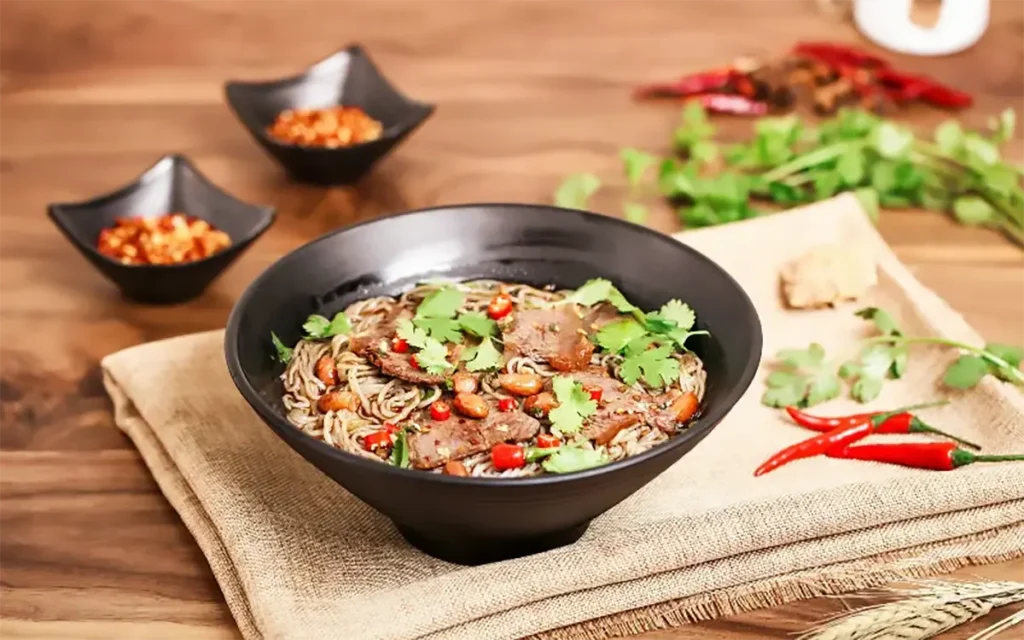
Chinese cuisine is a testament to the art of balance, where sweet, sour, salty, bitter, and umami flavors harmonize to create unforgettable dishes. The delicate technique of dim sum, where bite-sized portions of dumplings and buns are served, showcases the skillful craftsmanship required to achieve the perfect balance of flavors and textures. Meanwhile, the elaborate preparation of Peking duck, where the crispy skin and succulent meat are skillfully carved at the table, exemplifies the theatricality and attention to detail that defines Chinese cooking.
Japanese Elegance:
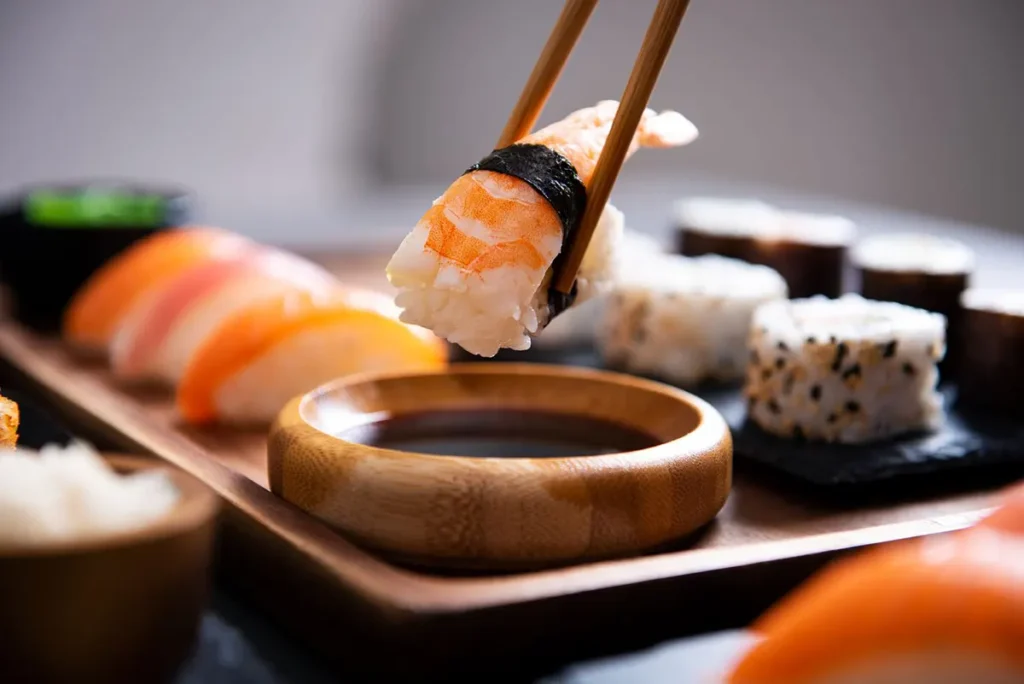
Japanese cuisine is a reflection of precision and artistry, where the visual presentation is as important as the taste. Sushi, sashimi, and tempura are prime examples of this philosophy. The meticulous preparation of sushi involves carefully selecting the freshest fish, expertly slicing it, and placing it atop perfectly seasoned rice. The result is not just a culinary delight but a work of art that engages all the senses. Similarly, tempura showcases the Japanese knack for enhancing natural flavors with minimal manipulation. The light and crispy batter encases delicate ingredients, allowing their inherent tastes to shine through.
The Mediterranean Melting Pot
The Mediterranean region is a culinary crossroads where cultures collide, resulting in a harmonious fusion of flavors that celebrate fresh ingredients and simple cooking techniques.
Italian Passion:
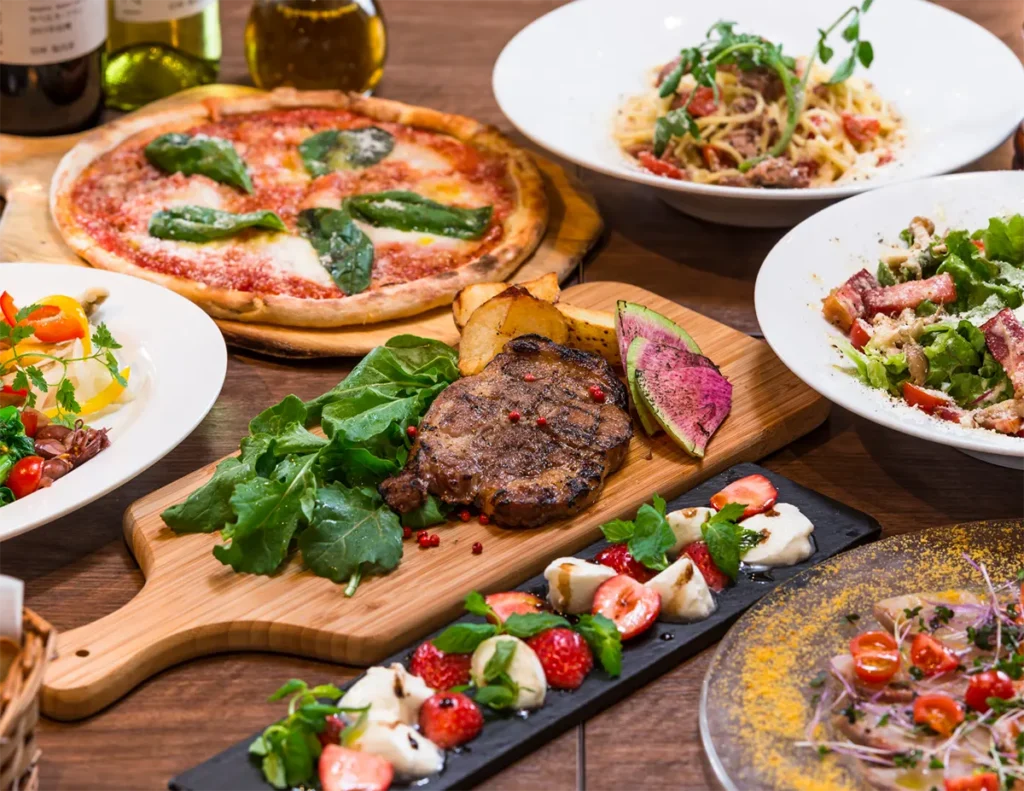
Italian cuisine is a love affair with ingredients, where dishes are built around the finest olive oils, vine-ripened tomatoes, and artisanal cheeses. The essence of Italian cooking lies in its simplicity, where less is often more. A classic Caprese salad, with its arrangement of tomatoes, mozzarella, basil, and a drizzle of olive oil, captures the very essence of Mediterranean flavors. Each bite bursts with the brightness of the sun-ripened tomatoes, the creaminess of the cheese, and the aromatic freshness of the basil.
Greek Traditions:
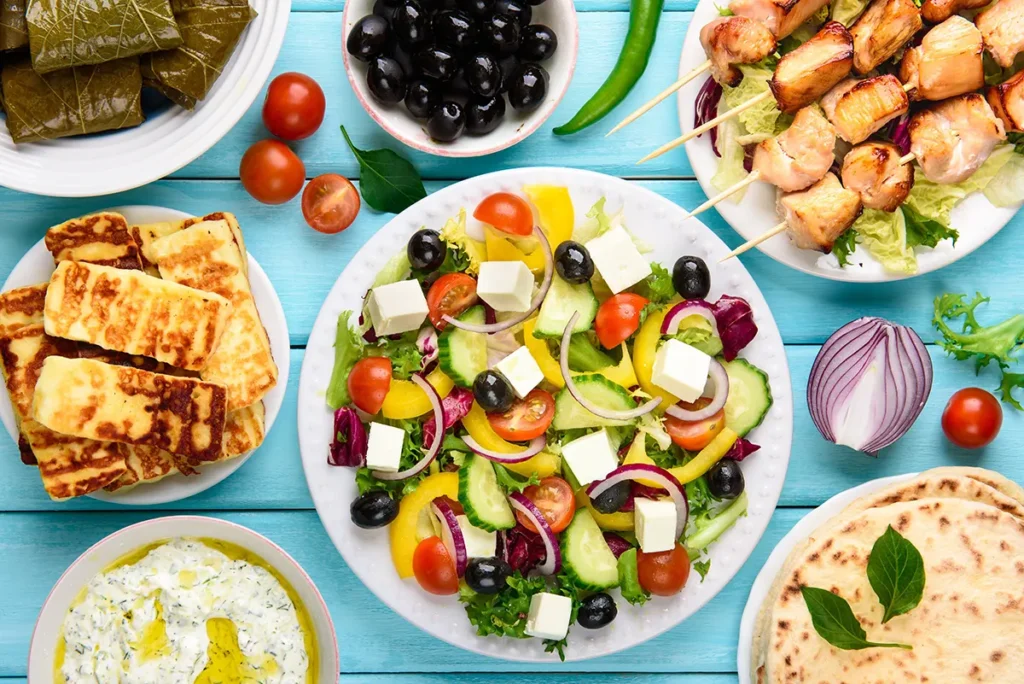
Greek cuisine is a journey through history, featuring hearty ingredients like olive oil, feta cheese, and fresh herbs. One cannot talk about Greek flavors without mentioning the iconic dish, moussaka. Layer upon layer of eggplant, spiced meat, and creamy béchamel sauce create a harmonious combination of textures and flavors. The marriage of briny feta cheese with kalamata olives and juicy tomatoes in a Greek salad is a testament to the simple yet profound impact of quality ingredients.
Spanish Fiesta:
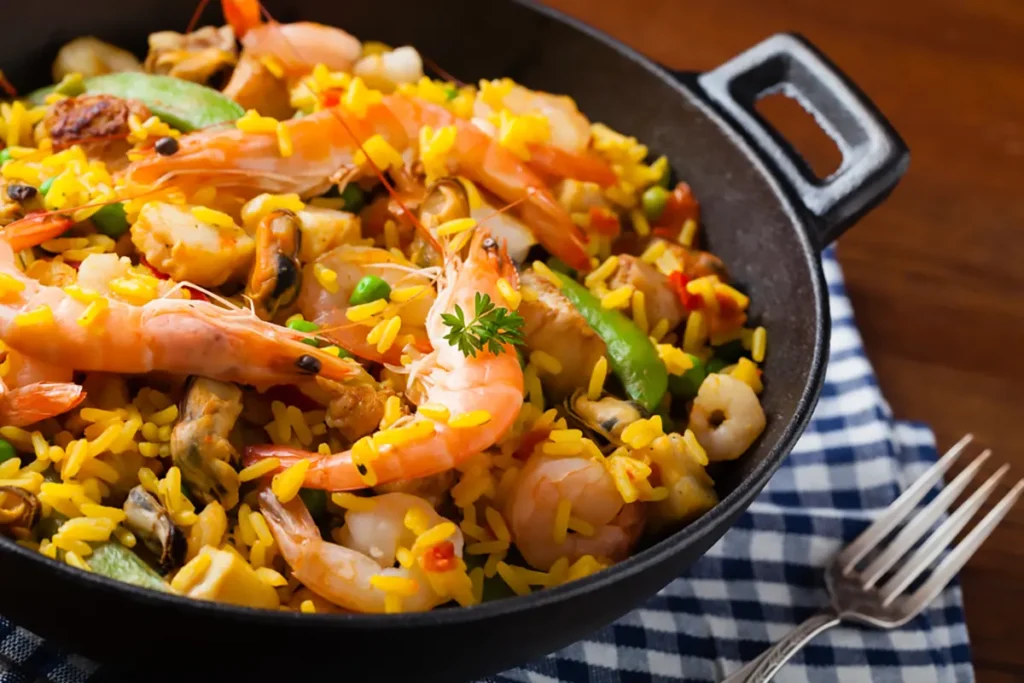
Spanish cuisine is a celebration of bold and robust flavors, where tapas, paella, and sangria bring a fiesta to the table. The use of saffron, paprika, and garlic adds depth and character to every dish. A paella, for example, is a sensory experience that transports you to the sun-drenched landscapes of Spain. The combination of saffron-infused rice, succulent seafood, and savory chorizo creates a harmonious medley of tastes that is both hearty and heartwarming.
The Latin Beat
Latin American cuisine is a lively dance of flavors, combining indigenous ingredients with European influences to create dishes that are as vibrant as the cultures they represent.
Mexican Spice:
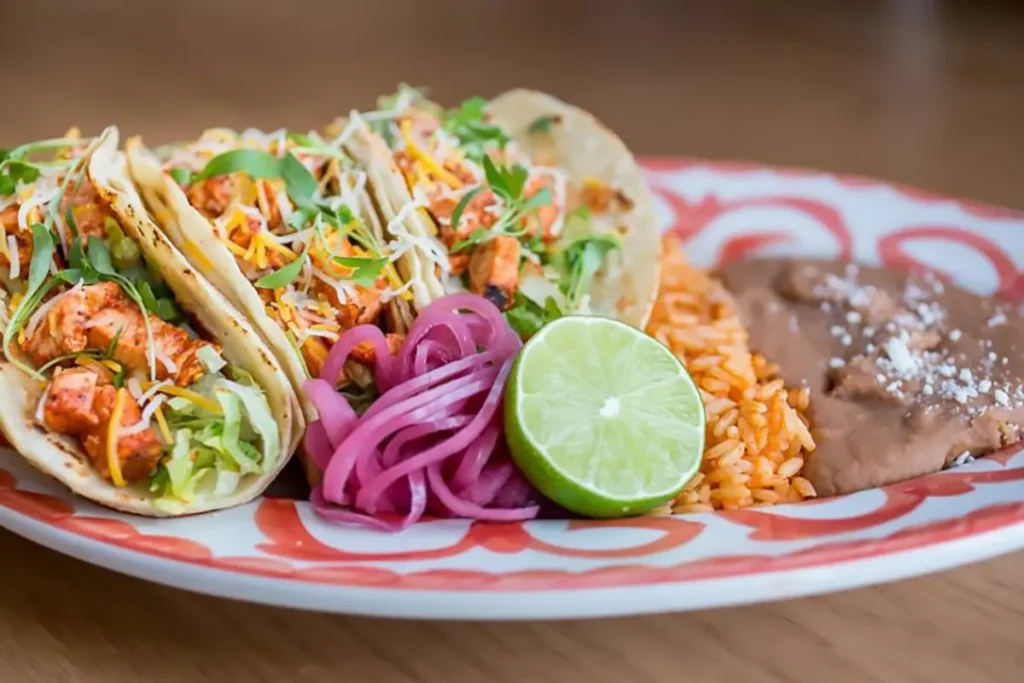
Mexican cuisine is a fiery celebration of chilies, corn, and rich mole sauces. Tacos, enchiladas, and guacamole are just a few of the iconic dishes that showcase the bold and colorful flavors of Mexico. Take the humble taco, for instance. The marriage of tender, slow-cooked meats with zesty salsas and fresh toppings creates an explosion of flavors that dance on the tongue. The balance of heat, acidity, and freshness in dishes like ceviche reflects the vibrant spirit of Mexican cooking.
Peruvian Delicacies:
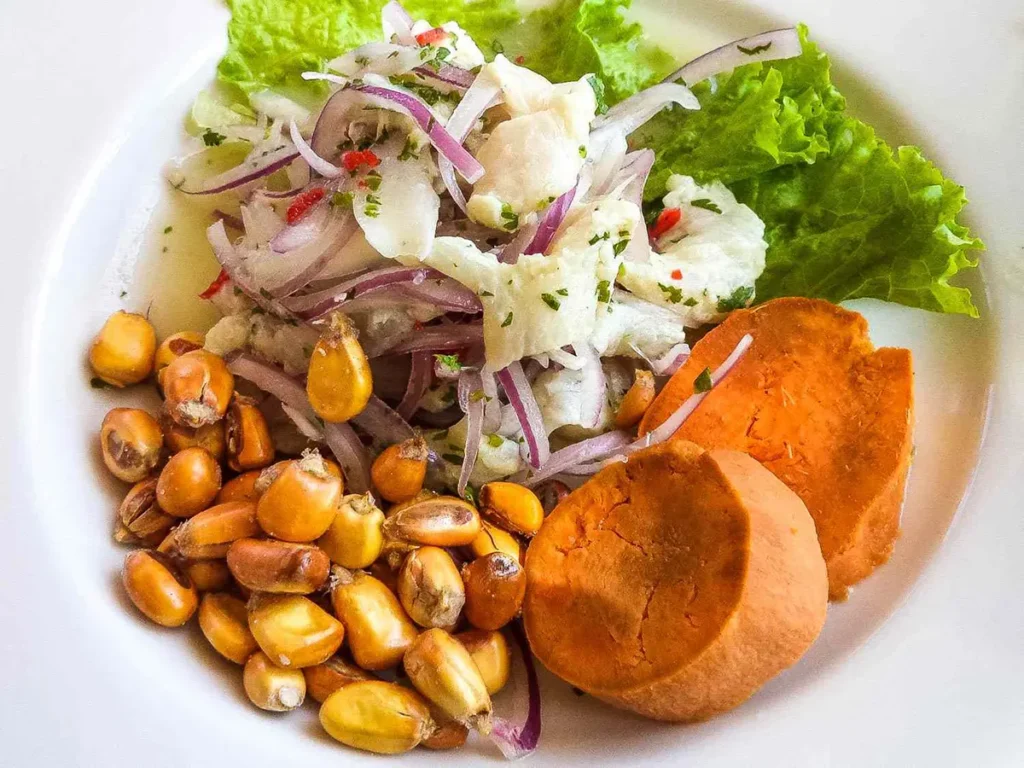
Peruvian cuisine is a revelation of diverse ingredients, from quinoa and potatoes to fresh seafood from the Pacific. Ceviche, lomo saltado, and anticuchos are testament to Peru’s culinary ingenuity. Ceviche, made by marinating raw fish in citrus juices, is a prime example of how simple techniques can transform ingredients into a burst of flavors that is both refreshing and invigorating. The fusion of Chinese, Japanese, and indigenous influences in dishes like lomo saltado showcases the cultural melting pot that defines Peruvian cuisine.
Brazilian Carnival:
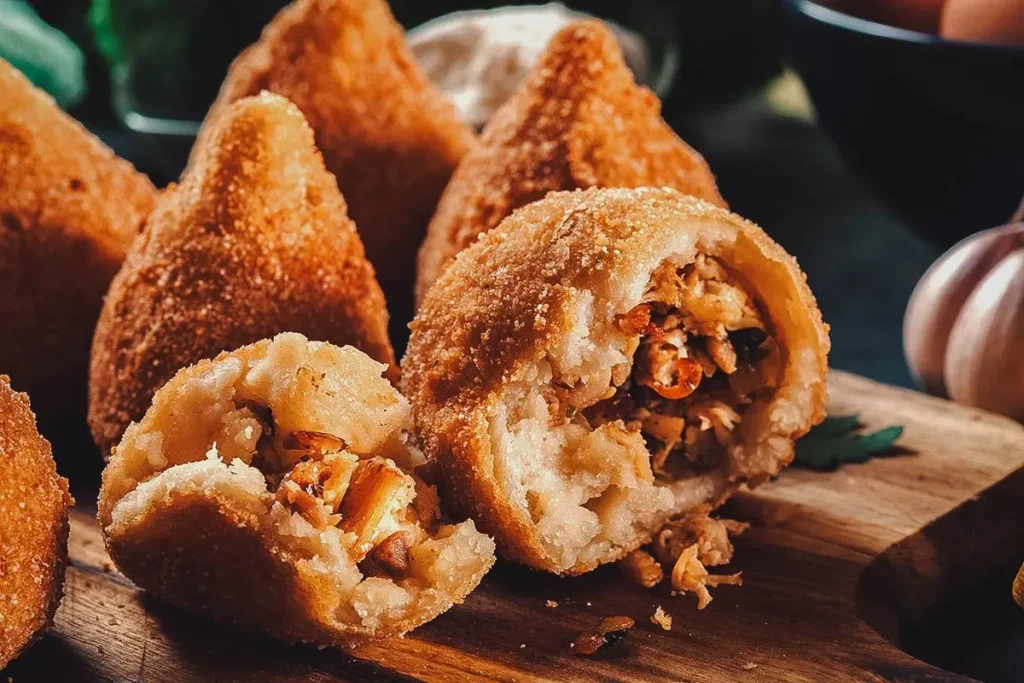
Brazilian cuisine is a carnivalesque explosion of flavors, where churrasco-style meats, feijoada, and caipirinhas take center stage. The blend of Portuguese, African, and indigenous influences creates a unique and lively gastronomic experience. A churrasco, or Brazilian barbecue, is a carnivore’s delight, where skewers of succulent meats are slow-roasted to perfection and served with chimichurri sauce. Feijoada, a hearty stew of beans and meats, reflects the rich and diverse history of Brazil’s culinary heritage.
African Flavors and Beyond
Africa is a continent of untamed landscapes and equally untamed flavors. Its culinary traditions reflect the diversity of its people and their deep connection to the land.
Moroccan Mystique:
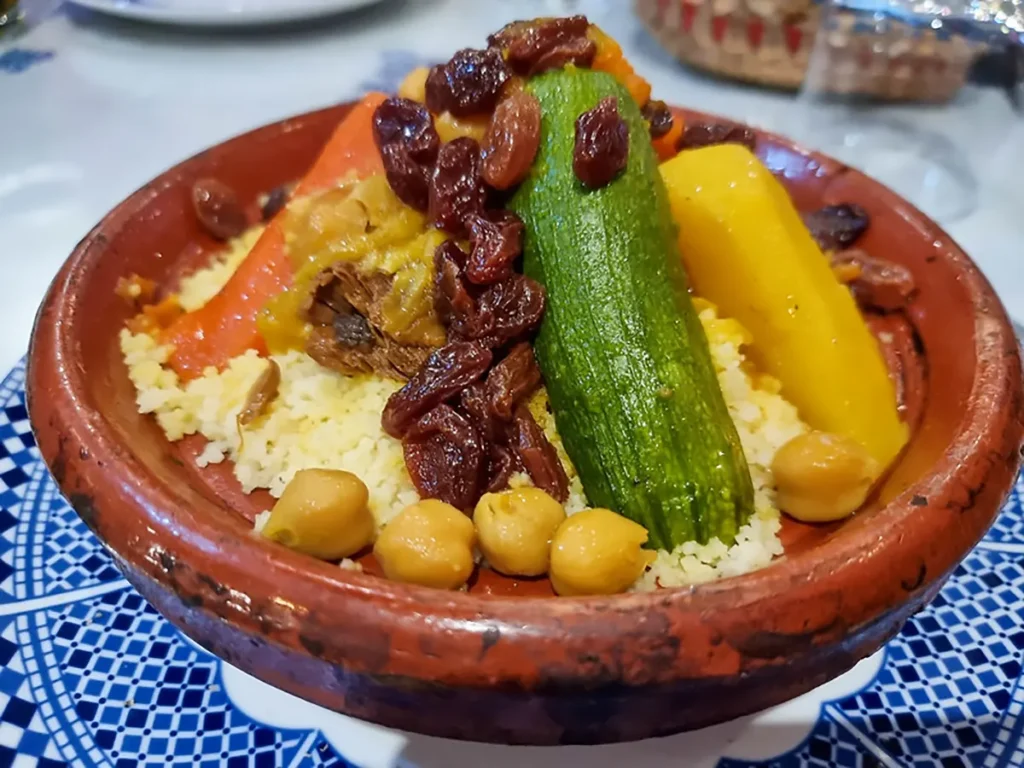
Moroccan cuisine is a journey through intricate spice markets, where tagines and couscous evoke the magic of the Sahara. The use of saffron, cinnamon, and preserved lemons lends depth and warmth to each dish. Tagines, slow-cooked stews named after the earthenware pots they’re cooked in, capture the essence of Moroccan flavors. The tender meats and vegetables soak up the aromatic spices, creating a rich and layered taste that transports you to the bustling markets of Marrakech.
Ethiopian Traditions:
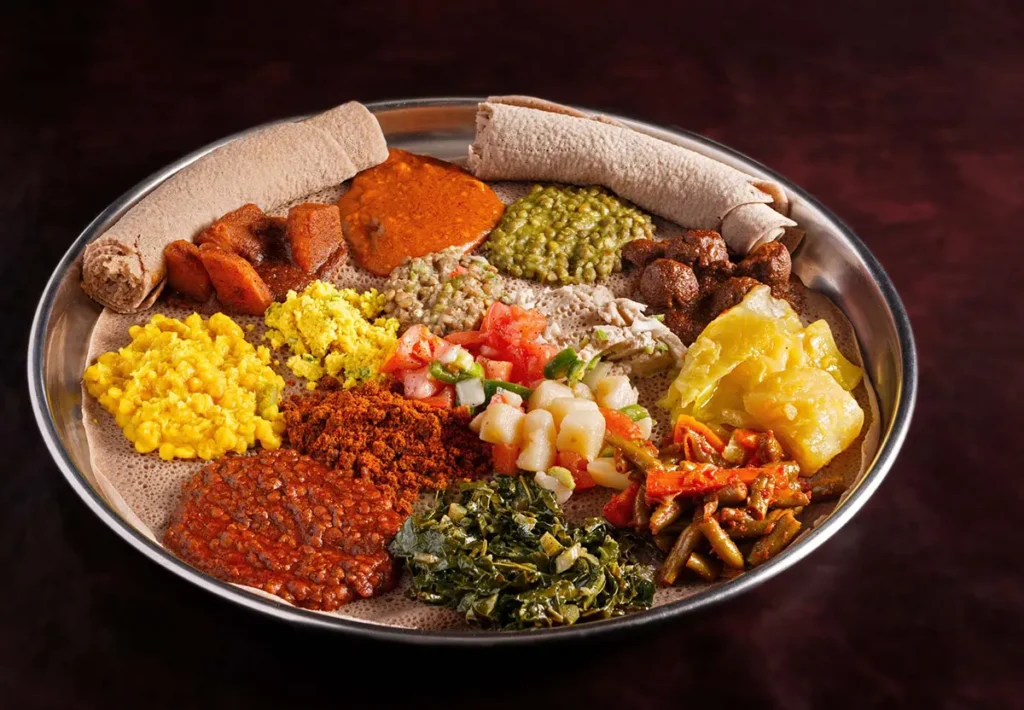
Ethiopian cuisine is a communal experience, where injera, a spongy flatbread, is used to scoop up a variety of stews and lentil dishes. The rich and complex flavors of berbere spice blend create a unique and unforgettable taste. Injera, with its slightly tangy flavor, serves as both a vessel and an integral part of the meal. The combination of injera with doro wat, a spicy chicken stew, showcases the intricate blend of spices that define Ethiopian cooking.
South African Braai:
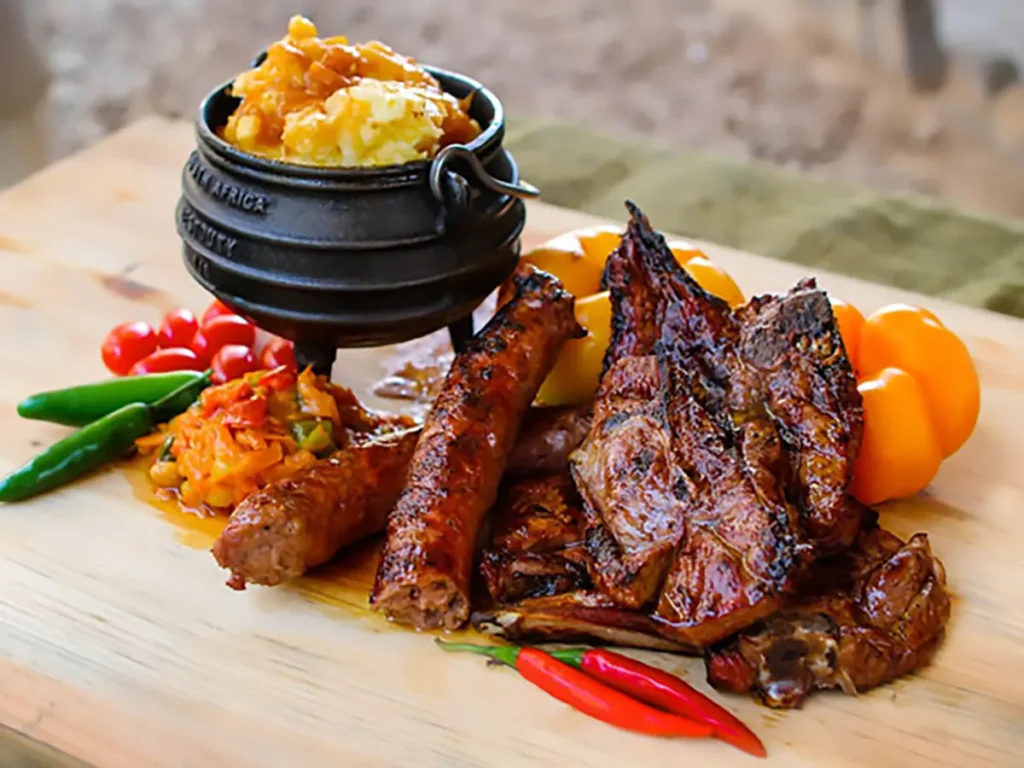
South African cuisine is synonymous with the braai, a barbecue tradition that celebrates meats like boerewors sausages and sosaties. The diverse influences from Dutch, Indian, and indigenous cultures result in a melting pot of flavors. A traditional braai is a social event, where families and friends gather to grill an array of meats over an open flame. The smoky and charred flavors of boerewors sausages and sosaties pay homage to South Africa’s rich culinary heritage.
Conclusion
Embarking on a culinary adventure to explore global flavors is an enriching and rewarding experience that opens doors to diverse cultures, traditions, and stories. From the aromatic spices of Asia to the Mediterranean’s celebration of fresh ingredients, Latin America’s lively dances of flavors, and Africa’s untamed culinary landscapes, each region offers a treasure trove of tastes waiting to be discovered.
As we journey through kitchens around the world, let us remember that food is not just sustenance—it’s a bridge that connects us, fostering understanding and appreciation for the richness of human diversity. So, next time you savor a bite of sushi, savor it not just for its taste, but for the centuries of history and tradition it represents. Let us continue to embark on culinary adventures, exploring global flavors and sharing in the joy that a delicious meal brings.



